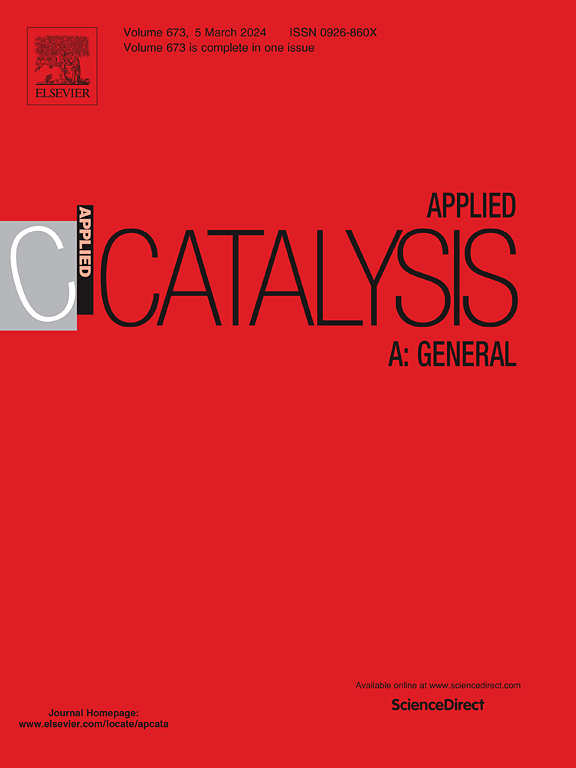Engineering hybrid plasmonic nanomaterials for solar energy conversion: Insight into the structure-function relations
IF 4.8
2区 化学
Q2 CHEMISTRY, PHYSICAL
引用次数: 0
Abstract
Plasmonic nanomaterials, endowed with the unique surface plasmon resonance (SPR) effect, offer a promising route to convert low-intensity solar energy into chemical energy with a higher efficiency. However, the significant mismatch in timescales between rapid SPR relaxation (∼100 picoseconds) and slow chemical reaction kinetics (milliseconds or seconds) poses a major obstacle to their widespread application. To overcome these challenges, it is crucial to design multicomponent plasmonic nanostructures and establish efficient charge carrier channels. This review focuses on the effect of unique structures of plasmonic nanomaterials with precise geometries on catalytic performance. The key design strategies for hybrid plasmonic nanostructures and the deep physical and chemical mechanism have been summarized to effectively promote charge carrier excitation and migration. These strategies involve the shape, size and electronic structures tailoring of plasmonic components, an atomistic control over their coupling with other plasmonic components, doped semiconductors or non-plasmonic components, single-atom doping, crystal phase engineering as well as external field coupling. Finally, we discuss the future challenges and prospects in this field. This review aims to offer valuable insights in the design of plasmonic photocatalytic materials, ultimately accelerating the development of high-performance plasmonic photocatalysts.
用于太阳能转换的工程杂化等离子体纳米材料:结构-功能关系的洞察
等离子体纳米材料具有独特的表面等离子体共振(SPR)效应,为低强度太阳能高效转化为化学能提供了一条很有前途的途径。然而,快速SPR弛豫(~ 100皮秒)和缓慢化学反应动力学(毫秒或秒)在时间尺度上的显著不匹配对其广泛应用构成了主要障碍。为了克服这些挑战,设计多组分等离子体纳米结构和建立有效的电荷载流子通道至关重要。本文综述了具有精确几何形状的等离子体纳米材料的独特结构对催化性能的影响。总结了杂化等离子体纳米结构的关键设计策略和深层物理化学机制,以有效促进载流子的激发和迁移。这些策略包括等离子体元件的形状、尺寸和电子结构的定制,原子控制它们与其他等离子体元件的耦合,掺杂半导体或非等离子体元件,单原子掺杂,晶体相位工程以及外部场耦合。最后,讨论了该领域未来面临的挑战和前景。本文旨在为等离子体光催化材料的设计提供有价值的见解,最终加速高性能等离子体光催化剂的开发。
本文章由计算机程序翻译,如有差异,请以英文原文为准。
求助全文
约1分钟内获得全文
求助全文
来源期刊

Applied Catalysis A: General
化学-环境科学
CiteScore
9.00
自引率
5.50%
发文量
415
审稿时长
24 days
期刊介绍:
Applied Catalysis A: General publishes original papers on all aspects of catalysis of basic and practical interest to chemical scientists in both industrial and academic fields, with an emphasis onnew understanding of catalysts and catalytic reactions, new catalytic materials, new techniques, and new processes, especially those that have potential practical implications.
Papers that report results of a thorough study or optimization of systems or processes that are well understood, widely studied, or minor variations of known ones are discouraged. Authors should include statements in a separate section "Justification for Publication" of how the manuscript fits the scope of the journal in the cover letter to the editors. Submissions without such justification will be rejected without review.
 求助内容:
求助内容: 应助结果提醒方式:
应助结果提醒方式:


